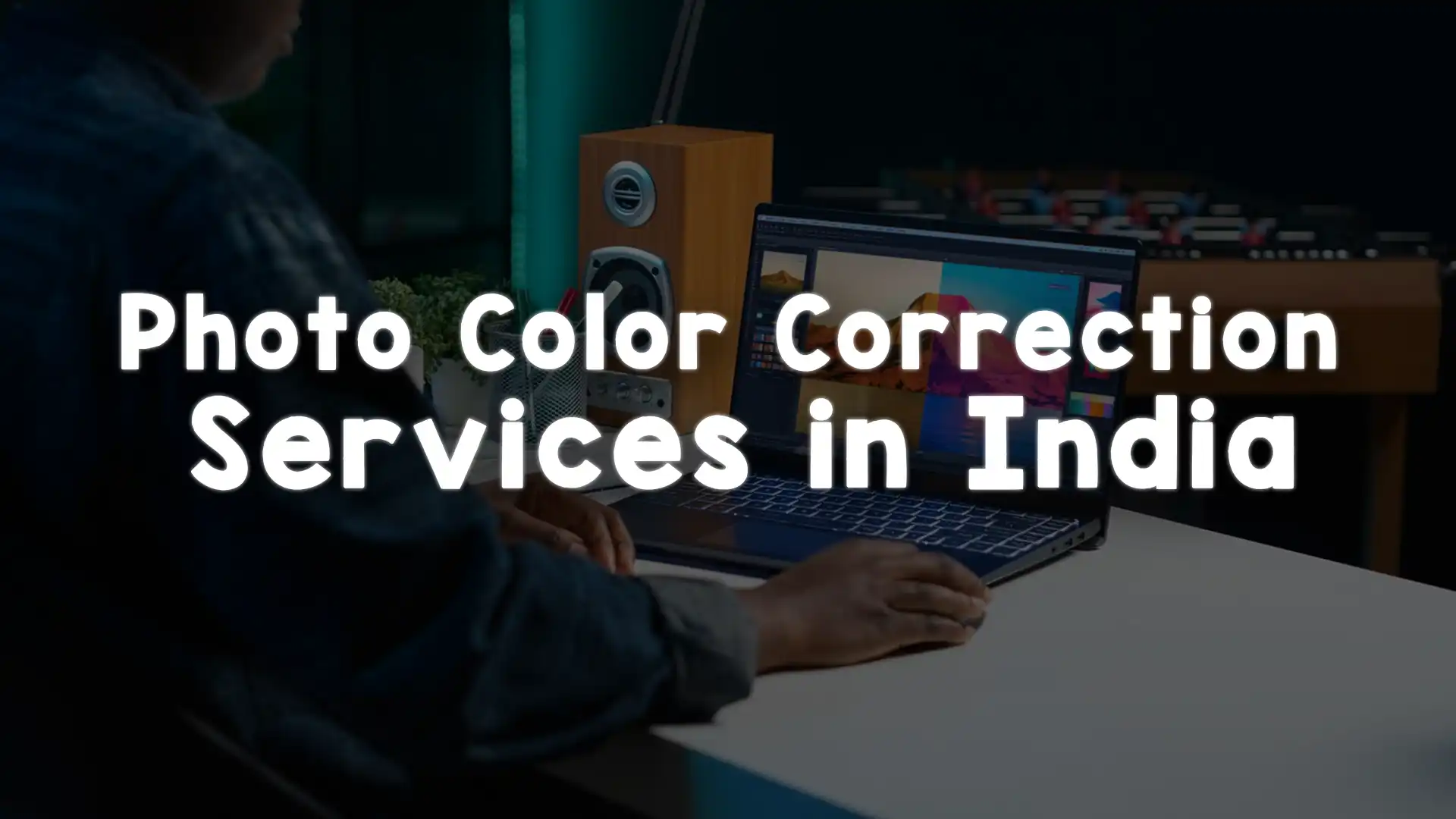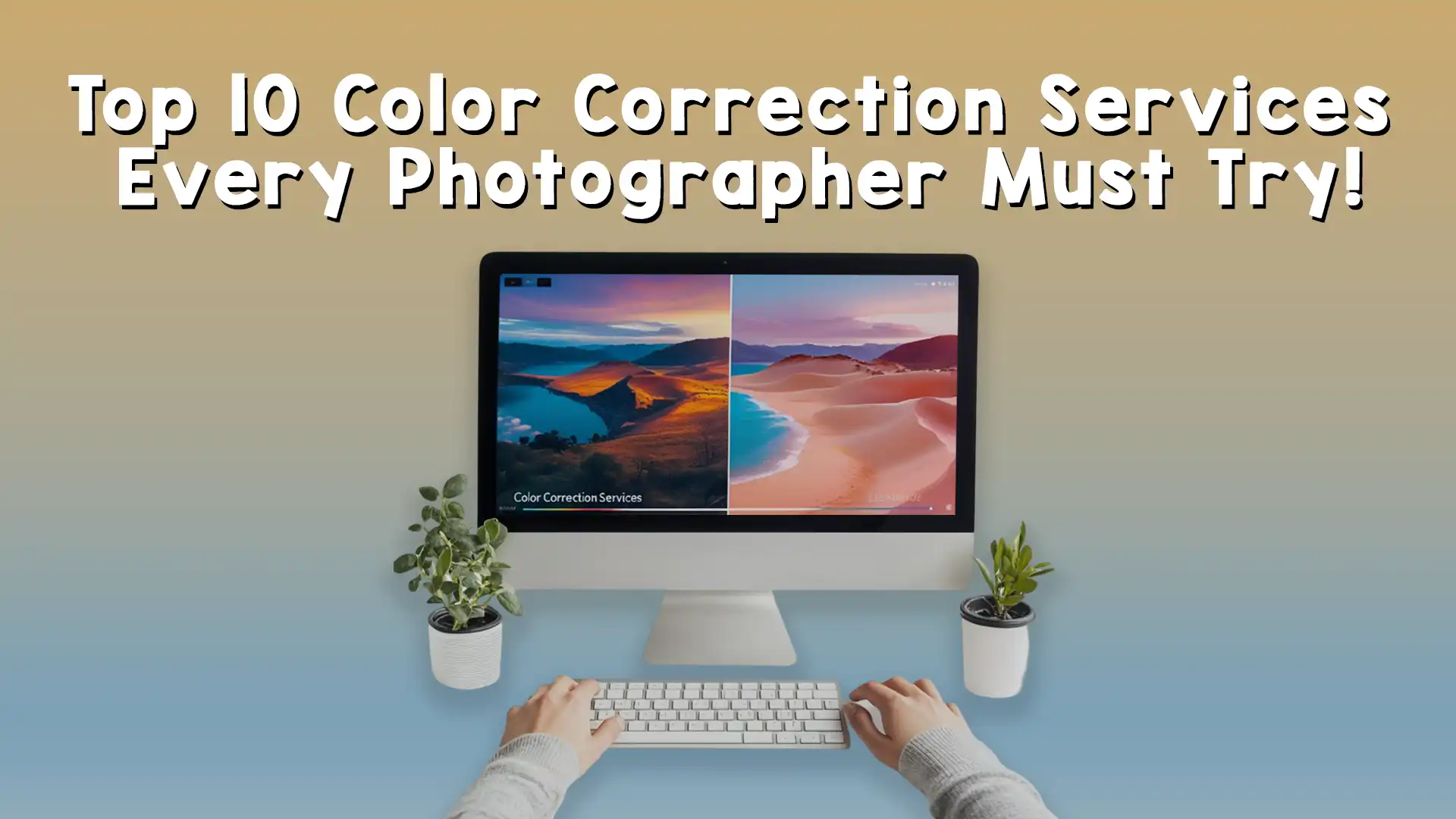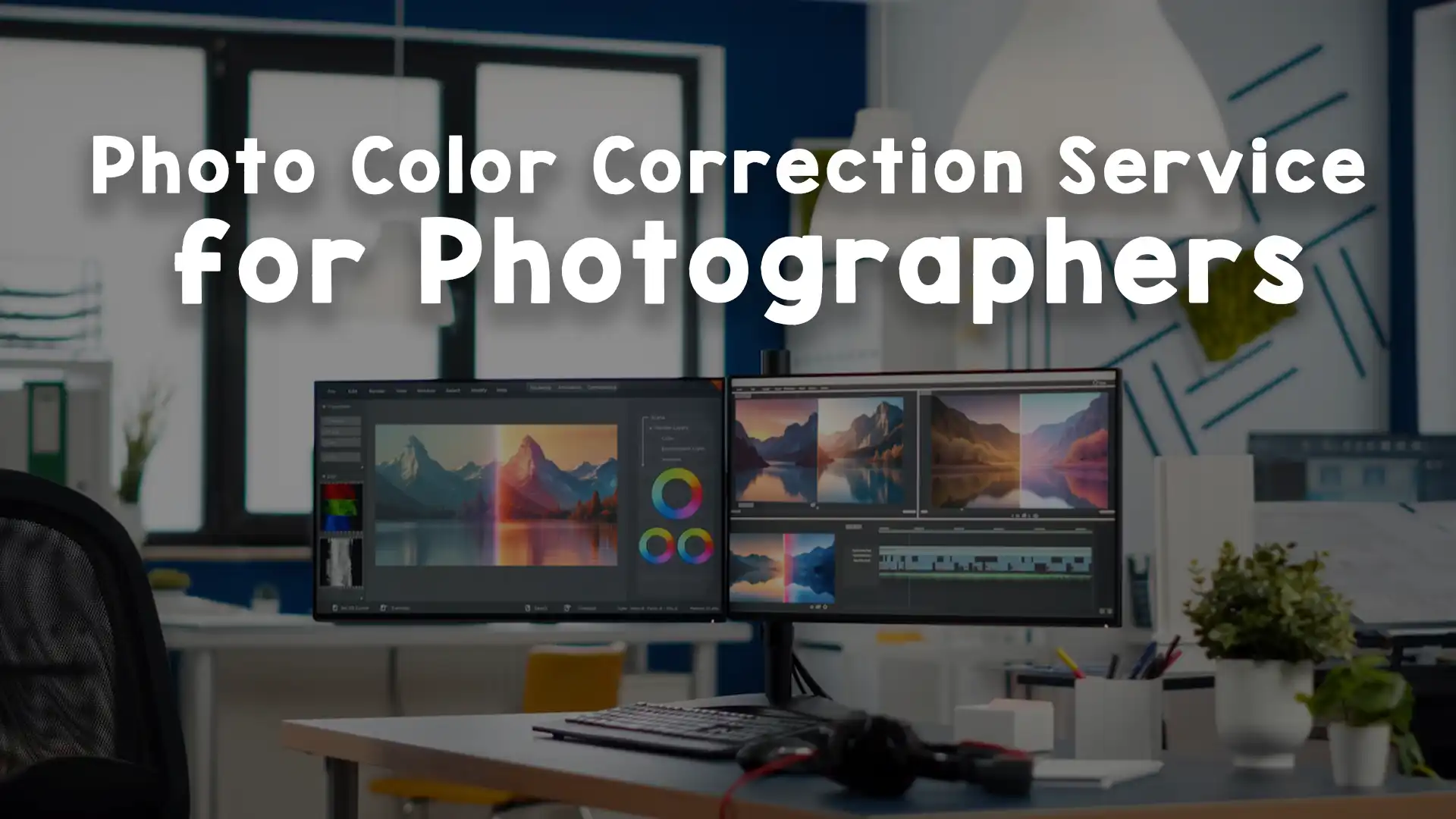Photography is an art form that captures moments, emotions, and stories through the lens. But what truly brings those images to life often happens after the shutter clicks—during editing. One of the most powerful tools in a photographer’s editing toolkit is photography colour grading. If you’ve ever wondered how professionals create those jaw-dropping, cinematic visuals or moody, evocative portraits, the secret often lies in mastering photography colour grading. Don’t worry if you’re new to this—it’s simpler than it sounds, and with a few tips, you can achieve stunning results that make your photos stand out. In this article, we’ll break down photography colour grading in an easy-to-understand way, offering practical advice to elevate your images without overwhelming you with technical jargon.
What Is Photography Colour Grading?
Let’s start with the basics. Photography colour grading is the process of adjusting the colours in your images to create a specific mood, style, or aesthetic. It’s not just about fixing mistakes like poor lighting or incorrect white balance—though it can help with that too. Instead, photography colour grading is about enhancing the emotional impact of your photo. Imagine a sunset photo: you could grade it with warm oranges and reds to feel cozy and inviting, or cool it down with purples and blues for a dreamy, surreal vibe. That’s the magic of photography colour grading—it lets you tell a story through colour.
Unlike basic colour correction, which aims to make an image look natural, photography colour grading takes things a step further. It’s creative and intentional, giving you control over how viewers perceive your work. Whether you’re editing a wedding shoot, a travel snapshot, or a product photo for a client, photography colour grading can transform a good image into a great one. And the best part? You don’t need to be a pro to get started—just a willingness to experiment and some simple tools.
Why Photography Colour Grading Matters
You might be wondering why photography colour grading is such a big deal. After all, can’t a photo just look fine as it is? Sure, some images are beautiful straight out of the camera, but colour grading adds that extra layer of polish. It’s like seasoning a meal—without it, the dish might still be edible, but with the right spices, it becomes unforgettable. Photography colour grading does the same for your images, making them more memorable and visually appealing.
Think about the last time you scrolled through Instagram or flipped through a magazine. The photos that caught your eye probably had a distinct colour style—maybe a vibrant pop of teal and orange or a soft, muted pastel look. That’s photography colour grading at work. It helps your images grab attention in a crowded digital world. Plus, it allows you to develop a signature style, something that sets your photography apart from everyone else’s. Whether you’re a hobbyist or a professional, mastering photography colour grading can take your portfolio to the next level.
Getting Started with Photography Colour Grading
Ready to dive into photography colour grading? The good news is that you don’t need expensive gear or years of experience. All you need is a photo-editing software and a basic understanding of how colours work. Popular tools like Adobe Lightroom, Photoshop, or even free apps like Snapseed or VSCO can handle photography colour grading with ease. If you’re just starting out, Lightroom is a great choice because it’s user-friendly and packed with features designed specifically for colour adjustments.
Before you begin, take a moment to study your photo. What mood do you want to convey? Are you aiming for something bright and cheerful, dark and dramatic, or soft and nostalgic? Having a vision in mind will guide your photography colour grading process. For example, if you’re editing a beach photo, you might want to boost the blues and greens to emphasize the ocean, or add a golden tint for a warm, summery feel. Once you’ve got your goal, it’s time to play with the tools.
Understanding Colour Tools in Photography Colour Grading
Most editing software offers a range of controls for photography colour grading, and they’re easier to use than you might think. The key areas to focus on are temperature, tint, hue, saturation, and luminance. Temperature adjusts the warmth or coolness of your image—think yellows and oranges versus blues. Tint shifts the balance between green and magenta. Together, these settings help you set the overall tone of your photo.
Then there’s hue, saturation, and luminance, often grouped as HSL adjustments. Hue changes the actual colour (like turning a red apple into a purple one), saturation controls the intensity of that colour, and luminance affects its brightness. These tools are your best friends in photography colour grading because they let you fine-tune specific colours without altering the entire image. For instance, you could make the sky in your landscape shot more vivid by increasing the blue saturation, while keeping the grass natural.
Another handy feature is the split toning tool, which lets you add different colours to the highlights and shadows. This is a classic photography colour grading technique for creating cinematic looks—like teal shadows paired with orange highlights. Don’t be afraid to experiment here; the more you play with these settings, the more comfortable you’ll get.
Choosing a Colour Palette for Your Photos
One of the trickiest parts of photography colour grading is deciding which colours to emphasize. A good starting point is to look at colour theory. Complementary colours—like blue and orange or red and green—create bold, dynamic contrast. Analogous colours, which sit next to each other on the colour wheel (think blue and green), offer a harmonious, calming effect. There’s no right or wrong choice—it depends on the story you want your photo to tell.
If you’re stuck, draw inspiration from the image itself. What colours are already present? A forest scene might naturally lend itself to earthy greens and browns, while a cityscape could pop with neon pinks and blues. Photography colour grading is all about enhancing what’s already there, so lean into the photo’s strengths. You can also look at movies, paintings, or even other photographers’ work for ideas. Websites like Image Work India often showcase beautifully graded photos—check out their portfolio for some inspiration.
Practical Tips for Stunning Photography Colour Grading
Now that you’ve got the basics down, let’s talk about how to make your photography colour grading really shine. First, start with small adjustments. It’s tempting to crank up the saturation or push the sliders to extremes, but subtle changes often look more professional. For example, slightly warming up a portrait can make skin tones glow without looking unnatural. Overdo it, and your subject might end up looking like they’ve spent too long in the sun.
Next, pay attention to balance. Photography colour grading isn’t just about making colours pop—it’s about making sure they work together. If your reds are too intense, they might overpower softer blues or greens. Use the histogram in your editing software to check that no single colour is dominating the image unless that’s your goal. A balanced photo feels cohesive and pleasing to the eye.
Another tip is to edit with purpose. Before you start tweaking, ask yourself what emotion or message you want to convey. A moody black-and-white grade might suit a rainy day shot, while a vibrant, high-contrast look could bring energy to a festival scene. Photography colour grading is most effective when it supports the photo’s narrative, not just when it looks cool.
Advanced Techniques in Photography Colour Grading
Once you’re comfortable with the basics of photography colour grading, it’s time to explore some advanced techniques that can really make your images pop. One powerful method is using curves adjustments. Most editing software, like Photoshop or Lightroom, has a curves tool that lets you control the brightness and contrast of specific colour channels—red, green, and blue. By tweaking these curves, you can create custom colour grades that are unique to your style. For example, lifting the blue curve in the shadows while lowering the red curve in the highlights can give your photo that coveted teal-and-orange cinematic look. It takes practice, but once you get the hang of it, curves become a game-changer in photography colour grading.
Another technique to try is selective colour editing. This lets you target specific colours in your image without affecting the rest. Say you’ve got a portrait with a bright red shirt that’s stealing focus from the subject’s face. With selective colour tools, you can desaturate just the red while keeping the skin tones warm and natural. This level of control is what separates amateur edits from professional ones, and it’s a key part of photography colour grading. Apps like Lightroom make this easy with their adjustment brushes or colour range masks—just paint over the area you want to tweak, and adjust away.
Layering is another pro trick in photography colour grading, especially if you’re using Photoshop. Instead of applying all your edits on one layer, stack multiple adjustment layers—like hue/saturation, colour balance, or gradient maps. This gives you flexibility to tweak or undo specific changes without starting over. For instance, you could add a soft yellow tint to the highlights on one layer, then deepen the shadows with a blue cast on another. Layering lets you build complexity into your photography colour grading, creating rich, nuanced results that draw viewers in.
Common Mistakes to Avoid in Photography Colour Grading
As fun as photography colour grading can be, it’s easy to stumble into a few traps—especially when you’re just starting out. One of the biggest mistakes is over-editing. It’s tempting to push saturation or contrast to the max because it looks dramatic at first glance, but too much can make your photo look artificial or garish. A sunset with neon oranges or a portrait with unnaturally vivid skin tones might grab attention for the wrong reasons. The key is restraint—step back from your edit, take a break, and look at it with fresh eyes to see if it still feels balanced.
Another pitfall is ignoring the original lighting of your photo. Photography colour grading works best when it complements the light you captured, not fights against it. If you shot a scene in harsh midday sun, trying to grade it into a soft, golden-hour glow might look forced. Instead, lean into the natural tones—boost the blues for a crisp, clean feel, or add a slight warm tint to soften the harshness. Matching your grade to the lighting keeps your edits believable and cohesive.
Consistency is another area where people trip up. If you’re editing a series of photos—like a wedding album or a travel blog post—jumping between wildly different colour grades can feel jarring. One photo with muted pastels next to another with bold, high-contrast tones might confuse viewers. For a unified look, stick to a similar photography colour grading style across the set. You don’t have to make every image identical, but a shared palette or mood ties them together beautifully.
Real-World Examples of Photography Colour Grading
To see photography colour grading in action, let’s walk through a couple of examples. Imagine you’ve taken a photo of a forest at dawn. The raw image might look flat, with dull greens and a grayish sky. Start by adjusting the temperature to add a cool blue tint to the shadows, mimicking the early morning chill. Then, boost the yellows and greens in the trees to bring out their vibrancy against the misty backdrop. Finally, use split toning to add a faint golden hue to the highlights where the sunlight peeks through. Suddenly, your forest feels alive and magical—all thanks to photography colour grading.
Now picture a cityscape at night. The unedited shot might have muddy blacks and harsh artificial lights. Begin by deepening the shadows with a touch of blue or purple to enhance the nighttime mood. Increase the saturation of neon signs—pinks, blues, or yellows—to make them pop against the dark background. If there’s a skyline, subtly warm up the horizon to suggest a distant glow. This kind of photography colour grading turns a standard urban photo into a striking, atmospheric masterpiece.
These examples show how photography colour grading isn’t one-size-fits-all—it’s about tailoring your edits to the image and the story you want to tell. Whether you’re going for bold and dramatic or soft and subtle, the tools are the same; it’s your creativity that shapes the outcome.
How to Practice and Improve Your Photography Colour Grading Skills
Like any skill, photography colour grading gets better with practice. Start by editing a variety of photos—landscapes, portraits, still life—and experiment with different moods. Try replicating looks you admire, like the warm, faded aesthetic of a vintage film or the sleek, high-contrast style of a sci-fi movie. The more you play with photography colour grading, the more intuitive it becomes.
It also helps to study your tools deeply. Spend time exploring every slider, button, and preset in your editing software. Presets, in particular, can be a great shortcut—they’re pre-made colour grades you can apply with one click, then tweak to suit your needs. Lightroom and VSCO offer tons of free and paid presets to get you started. Over time, you’ll learn what each adjustment does and how to combine them for stunning results.
Don’t forget to seek feedback. Share your graded photos with friends, fellow photographers, or even online communities. Fresh perspectives can point out what’s working—or what’s not—that you might miss on your own. Websites like Image Work India also offer inspiration and professional insights; their blog often features tips on editing techniques like photography colour grading.
Elevate Your Photos with Professional Help from Image Work India
By now, you’ve got a solid grasp of photography colour grading and how it can transform your images. But let’s be honest—sometimes life gets busy, or a project demands a level of polish you’re still working toward. That’s where professional editing services come in. At Image Work India, we specialize in taking your photos to the next level with expert photography colour grading and more. Whether you need a single image perfected or an entire portfolio enhanced, our team delivers stunning results tailored to your vision.
Visit Image Work India to explore our image editing services. From colour grading to retouching, we handle it all, saving you time while ensuring your photos look their absolute best. Let us help you create visuals that captivate and inspire—because every image deserves to shine.




